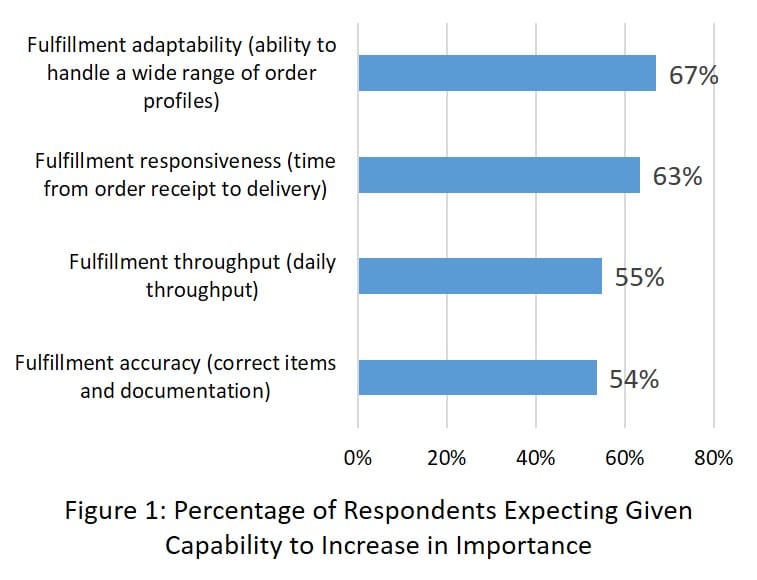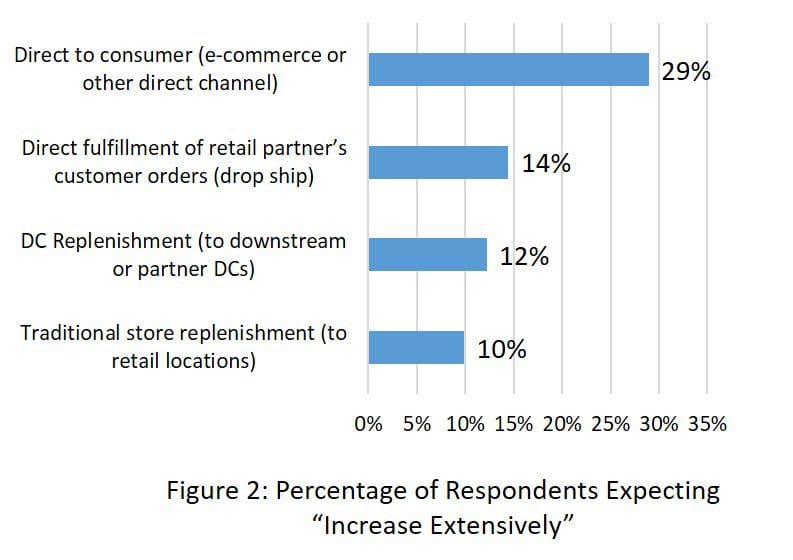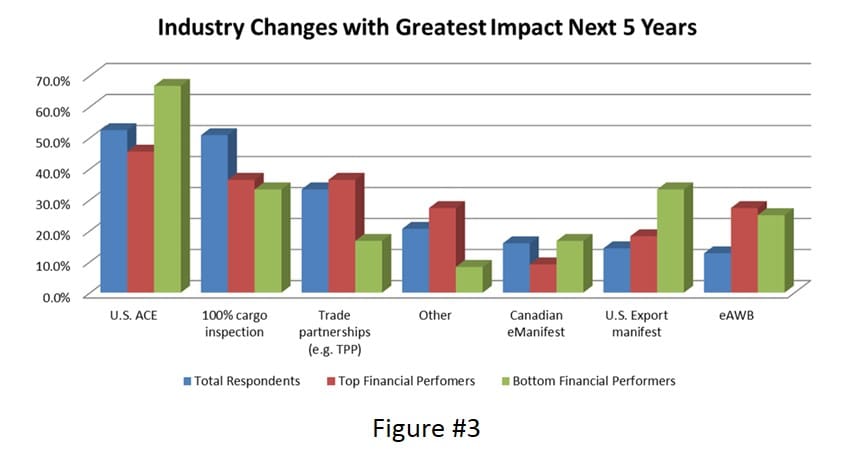Amazon’s patent for anticipatory shipping generated quite the media buzz a decade ago. My first impression at that time was the mental image it provoked – a delivery truck pulling up to my house and placing a package that I hadn’t ordered on my front door, but ultimately decided to keep. My second impression was “how can this be patentable?” And then I didn’t give it another thought. Fast forward to last week when I came across another reference to this patent in the book Prediction Machines – The Simple Economics of Artificial Intelligence. The authors mention Amazon’s use of AI to suggest items to shoppers they may be interested in purchasing, based on past activity. The authors then describe the progress necessary for something like anticipatory shipping to change business models. In short, the authors propose that Amazon’s prediction accuracy of customer “wants” would have to become extremely accurate – enough to increase revenue (or margins) more than it would increase the costs of supporting returns, etc.
I do not believe that Amazon has utilized anticipatory shipping in the way that I envisioned when I first learned of it. But the use of AI has progressed significantly over the last five years. Also, I felt a natural curiosity to learn more since I have a professional interest in the use of technology to improve logistics. So I decided to learn more about Amazon’s anticipatory shipping patent and share my learnings and perspective with Logistics Viewpoints readers.
Amazon’s Competitive Rationale
Amazon has historically been competitive in its ability to offer essentially any merchandise through its website. But a disadvantage compared to physical stores was the wait time between ordering and receipt of merchandise. Expedited shipping could reduce shipping wait times, but with a substantial cost increase. Of course, the progress of Amazon Prime over the last decade has leveled the playing field quite a bit. However, this was a real concern ten years ago and Amazon expressed this concern quite well in its patent:
“one substantial disadvantage to the to the virtual storefront model is that in many instances, customers cannot receive their merchandise immediately upon purchase, but must instead wait for product to be shipped to them…..expedited shipping… may mitigate the delay in shipping, but often at substantial additional cost….lowest-cost surface-based shipping options may take a week or longer from a customer’s order date. “
The Essence: Predictability Can Enable Cost-Efficiency and Responsiveness
Amazon’s anticipatory shipping patent describes both physical distribution network capabilities and information technology capabilities. Together, these capabilities support the proactive shipping of packages toward potential customer destinations in a manner designed to improve customer experience (timeliness) with low inventory handling and transportation costs. There are many iterations and details provided (patents include numerous “embodiments” of the broader concept). But this is the essence in my opinion.
The Physical Distribution Network
Inventory is proactively pushed into common carriers’ shipping networks to achieve the goals of anticipatory shipping. Packages with selected inventory are shipped to a geographical area without specifying a final delivery address. But specificity is sufficient to perform a majority of the routing to the likely final destination (for example, a portion of a postal code such as the three most significant digits). Once a final destination is determined, Amazon can either contract with the common carriers to complete the address, or it could be done electronically by assigning an address to a pre-attached RFID tag. Amazon refers to this process as late-select addressing. If the predicted order is subsequently placed by the customer, then it is a win – instant gratification for the customer delivered economically. It is also an instant gratification win if another customer in close proximity to the item places an order for it – just redirect the item to that destination within the geographical area. But what if a timely order is not received for the item “floating” within the common-carrier network? One embodiment of the patent includes the process of suggesting the item to customers within proximity and potentially offering them a discount to purchase. Doing so as a limited time offer could certainly incentivize a timely purchase.
The Information Technology Capabilities
The information technology capabilities would have to be extremely robust to enable anticipatory shipping to serve as a cost-effective means of providing instant gratification to Amazon’s customers. Customer demand prediction algorithms are outside of the patent’s scope. But the patent does explicitly state required IT capabilities such as those needed to determine and communicate the status of the package in transit, including the geographical area and potential final destinations. Additional business variables for informed decision-making include the status of previously shipped packages (assumedly for context), the cost of shipped items, and the ability to determine the risk of a shipped package incurring return or redirection costs. The redirection options included return package to the fulfillment center, redirect to an alternate geographical area, and offer an incentive to customer to purchase shipped package.
My Opinion: Great IT and Planning Framework – Insufficient Distribution Network
It appears that the anticipatory shipping concept was not put into action, at least not as proposed. Amazon has built up its own distribution and transportation network substantially over the last decade. In my option, the anticipatory shipping patent relied too heavily on common-carrier networks and predictability, and not enough on forward storage capacity local to urban areas. However, I believe many of the concepts are valuable, similar to other models in use elsewhere, and are likely to be put into use within Amazon in some manner. For example, the development of a predictive shipping model is similar to what Quintiq developed for a customer years ago where they utilized forecasting to set routes ahead of time, so when the orders were received they were assigned to existing routes requiring only fine tuning adjustments in the short-term. Furthermore, late select addressing has similarities to a postponement strategy in the semiconductor wafer fabrication process. But is it applicable to individual packages? Well, maybe for high-demand, seasonal items such as Halloween costumes, storm-specific items like shovels, or roof rakes. Finally, the integration of customer demand and order information, inventory visibility across locations, and transportation capabilities sounds a lot like what many of Logistics Viewpoints sponsors are currently doing with their technology suites that include distributed order management (DOM), WMS, in-store inventory, and TMS. Maybe it isn’t just coincidence that the Amazon patent references papers by RedPraire (acquired by Blue Yonder) and Manhattan Associates.


















 Ken Fleming is president of
Ken Fleming is president of 




